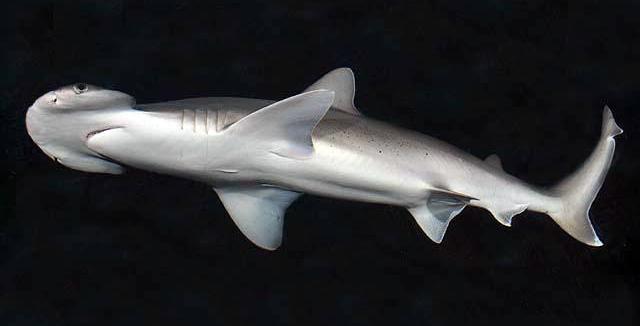Not all sharks feed only on meat—at least one shark species also feeds on seagrass. Scientists have confirmed that one of the most common sharks in the world is an omnivore.
The bonnethead shark, a relative of the much larger hammerhead shark, munches on seagrass for about 60 percent of its diet and has a gut capable of digesting greens—similar to that of juvenile green sea turtles and even better than those of pandas, scientists say in a study published Sept. 5 in Proceedings of The Royal Society B.




